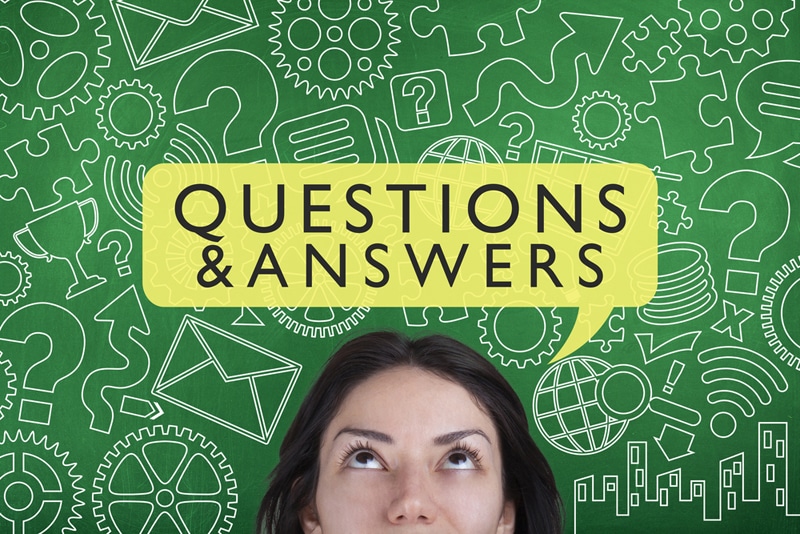In June 2021, the world watched in horror as Danish footballer Christian Eriksen suffered a sudden cardiac arrest during a Euro 2020 match. This shocking incident highlighted the importance of recognizing cardiac emergencies in sports, including martial arts, where athletes push their bodies to the limit. Sudden cardiac arrests during sports are a significant concern and should not be taken lightly.
Understanding Sudden Cardiac Arrests
Sudden Cardiac Arrest (SCA) in athletes is defined as a sudden collapse due to any cardiac cause. In martial arts, there are multiple videos made public by consent to heighten awareness about sudden cardiac arrests. These incidents can occur not only during strenuous activity but also at rest.
When Eriksen collapsed, there were numerous questions. Had there been something they had missed? Did his previous physicals catch nothing? In most sudden cardiac arrests, there’s no identifiable cause. In fact, in athletes who have a sustained amount of exertion daily, the heart remodels itself structurally and functionally, so any changes on an ECG might not warrant further investigation.
The late Kirkland Laing, a British boxer, suffered from health issues related to heart conditions. His story serves as a reminder of the importance of heart health in combat sports, encouraging fighters to prioritize their cardiovascular well-being.
Causes of Sudden Cardiac Arrests
Here are a few causes of sudden cardiac arrests in decreasing order of prevalence based on scientific studies, including those by Maron et al. (2013)::
In athletes BELOW the age of 35:
In athletes ABOVE the age of 35:
Can We Pre-Screen for Cardiac Arrests?
To some degree, yes, we can. During a physical exam, a simple history of severe dizziness or fainting, unexpected shortness of breath, or chest pain during or immediately after exercise should be inquired. The presence of any first-degree relatives who died suddenly or had severe cardiac disease under age 60 must also warrant further investigation.

Any physical examination should also measure and compare blood pressure in both arms, check for heart murmurs, and examine physical features for Marfan syndrome. A 12-lead ECG can be done, but it is not sensitive enough to detect all electrical diseases or premature coronary disease.
Athletes often have echocardiography and stress tests to evaluate heart function. However, studies have shown that 6 out of 8 sudden cardiac deaths occurred in athletes who had a negative screen on history, physical examination, ECG, echocardiography, and were fit and healthy for sports.
So, while these tests and physical examinations might not pre-screen all cardiac conditions, they will catch most of them. Supervised and graded exercise training can significantly reduce the risk of coronary events. In fact, regular exercise decreases the risk of both myocardial infarction and sudden cardiac arrests.
Unfortunately, despite the best and most frequent screening programs and exercise programs, the rare occurrence of sudden cardiac arrests during athletic events is a reality.
Signs and Symptoms of Cardiac Issues
Martial artists and athletes should be aware of the following signs and symptoms that could indicate potential cardiac issues:
Heart Health Tips for Fighters
To maintain optimal heart health, fighters and martial artists can follow these guidelines:
Sudden Cardiac Arrests in the Dojo
All athletes must know the risk of sudden cardiac arrest while performing strenuous activity. Evidence reveals that survival rates are excellent after an arrest when appropriate resuscitation is promptly initiated. This is especially true if it is a witnessed arrest and there’s a defibrillator (AED) on-site.
Here are a few essential steps to prevent sudden cardiac arrests at the dojo. Needless to say, if a Cardiac event happens in the dojo call 911 immediately:
Final Thoughts
Sudden cardiac arrest is a serious issue that affects athletes across various sports, including martial arts. By raising awareness, implementing preventive measures, and ensuring proper training and equipment are available, we can significantly reduce the risk of SCA incidents in the dojo. Remember, a proactive approach can save lives, and understanding the importance of heart health is crucial for every athlete.

Frequently Asked Questions
What should I do if I see someone collapse?
Immediately call emergency services and start CPR if you are trained. If an AED is available, retrieve it and follow the instructions.
How can I become CPR certified?
Many organizations offer CPR certification courses, including the American Heart Association and the Red Cross. Check local community centers, gyms, or hospitals for available classes.
What are the legal requirements for having an AED on-site at a dojo?
Regulations vary by location, but many states recommend or mandate that facilities with a certain number of people on-site have an AED available. Check local laws and guidelines to ensure compliance.
Don’t Break My Heart
The heart is a pump that works continuously and tirelessly, as long as you’re alive. Sometimes, the electrical system that keeps it functioning can malfunction. Other times, the vessels may become clogged with fat from unhealthy diets, the muscle can become fatigued or overworked, or constant stress can lead to inflammation in the blood vessels.
There are numerous reasons for the heart to fail, and some of those reasons are preventable. Don’t break your heart; prioritize your health by ensuring adequate sleep, resting, exercising regularly, managing stress, eating a balanced diet, and getting your annual screenings.
